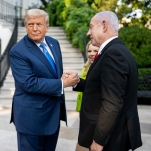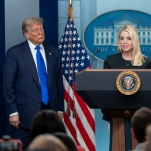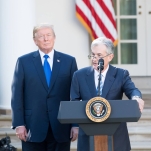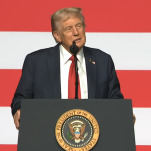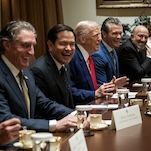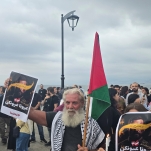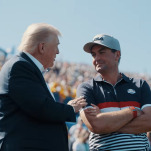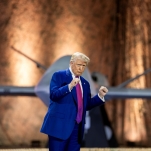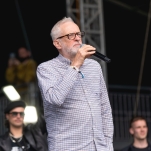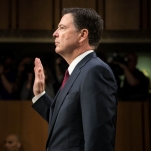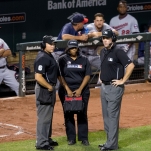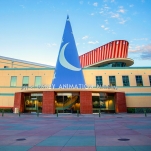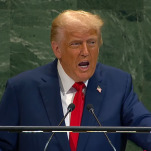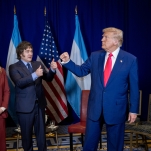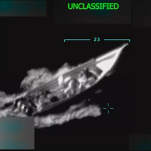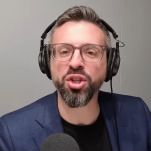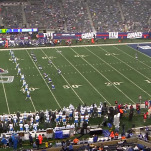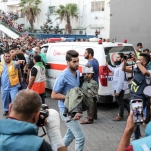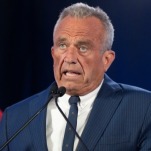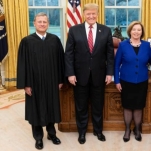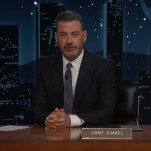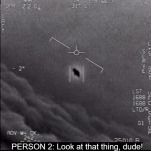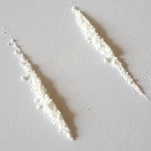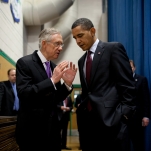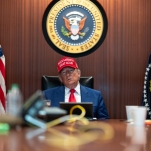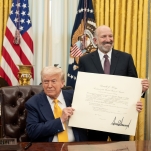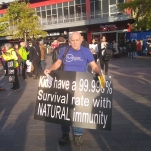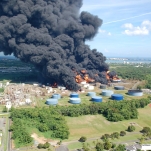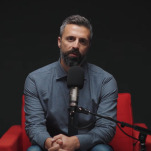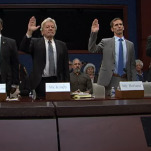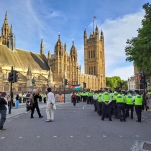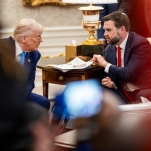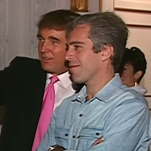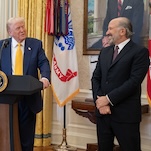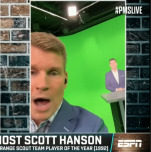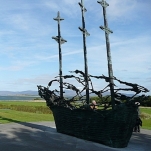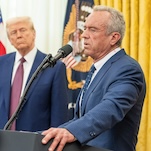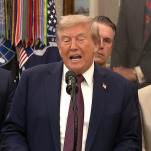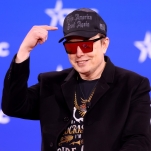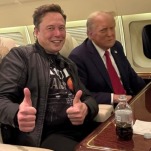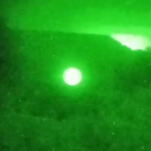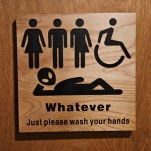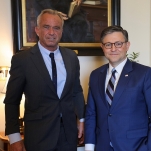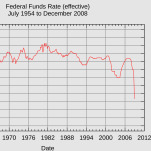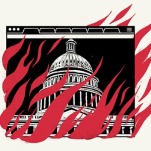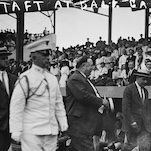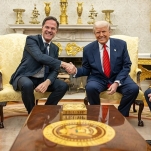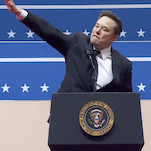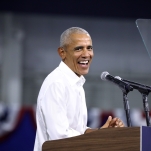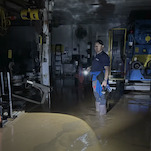What’s Going on With…Ukraine’s Invasion of Russia?
Photo by Kostiantyn Liberov/Libkos/Getty Images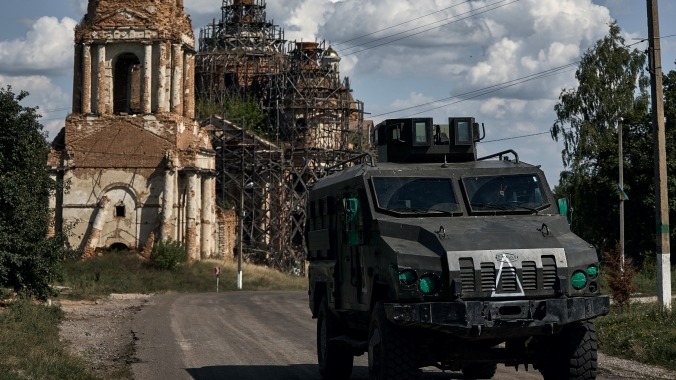
Last week, Russia declared a state of emergency in its Kursk region following reports of a cross-border raid by Ukrainian forces. Ukraine itself was pretty quiet about that until this weekend, when it confirmed that Ukrainian troops had launched a stunning incursion into Russian territory, opening up a new front in this more than two-year-long war.
Ukraine’s Kursk offensive is still unfolding, and the full scope of Ukraine’s operation and its endgame is still very unclear. But on August 6, thousands of well-trained and well-equipped Ukrainian troops surprised Russia, breaking through border defenses and advancing rapidly, seizing dozens of villages and some key infrastructure, and imprisoning Russian soldiers along the way. Ukraine’s top commander, Oleksandr Syrskyi, said his forces now control more than 400 square miles of Russian territory, and more than 80 settlements, though these figures are difficult to fully verify. On Thursday, Ukrainian President Volodymyr Zelenskyy said troops captured the strategic town of Sudzha, next to a key gas terminal. Ukraine says it is setting up a military command office there to help maintain order and protect civilian safety.
Russia evacuated tens of thousands from Kursk and other border regions and has vowed to put down the “terrorist attack.”
“The enemy will certainly get an appropriate response, and all the goals facing us will undoubtedly be achieved,” Russian President Vladimir Putin said Monday. He said Ukraine staged this attack to get a bargaining chip for peace negotiations, and he accused the West of “fighting us with the hands of the Ukrainians.”
Russia has acknowledged that Ukraine has taken control of territory, but far less than Kyiv’s assessment. Russian defense officials said Tuesday it had halted Ukraine’s further expansion in Kursk, though the regional government continues to order more civilian evacuations.
Ukraine has an incentive to brag about its successes, Russia wants to downplay its failures, and both want to massage the narrative in this very fluid movement. But, so far, Ukraine might have the better story. The Kursk incursion represents Ukraine’s most audacious attempt yet to bring the war directly to Russia, and to Vladimir Putin. The operation embarrasses Putin, and his military, which was caught off-guard and ill-prepared. It provides a much-needed morale boost to Ukraine, and to its exhausted and depleted army.
Over the past few months, Russian troops have slowly but steadily gained more ground in eastern Ukraine, with Ukraine struggling to halt or push back Moscow’s advance. This high-stakes Kursk operation looks very much like an attempt to shake up the current trajectory of the war, by potentially forcing Russia to relocate troops from the Donbas to deal with Kursk and by trying to recapture some Ukrainian momentum.
It remains an incredibly risky gamble by Ukraine – and whether it pays off will depend on what Ukraine actually seeks to achieve, and how Russia responds. “They want to change the situation and to change the course of the war,” said Oleg Ignatov, senior analyst for Russia with The International Crisis Group. “They understand that they will have to behave in a creative way.” But as he, and other experts and analysts emphasized, it’s still far too early to tell what the outcome of this operation will be, let alone whether it will change the course of the conflict. Even if it does, there are no guarantees that it will break in Ukraine’s favor.
“Maybe we’re in the beginning of the Ukrainian operation,” Ignatov added. “Maybe that we are in the middle of the Ukrainian operation, and maybe we are in the end of the Ukrainian operation. We don’t know the results.”
-

-

-

-

-

-

-

-

-

-

-

-

-

-

-

-

-

-

-

-

-

-

-

-

-

-

-

-

-

-

-

-

-

-

-

-

-

-

-

-

-

-

-

-

-

-

-

-

-

-

-

-

-

-

-

-

-

-

-

-

-

-

-

-

-

-

-

-

-

-

-

-

-

-

-

-

-

-

-

-

-

-

-

-

-

-

-

-

-

-

-

-

-

-

-

-

-

-

-

-

-

-

-

-

-

-

-

-


